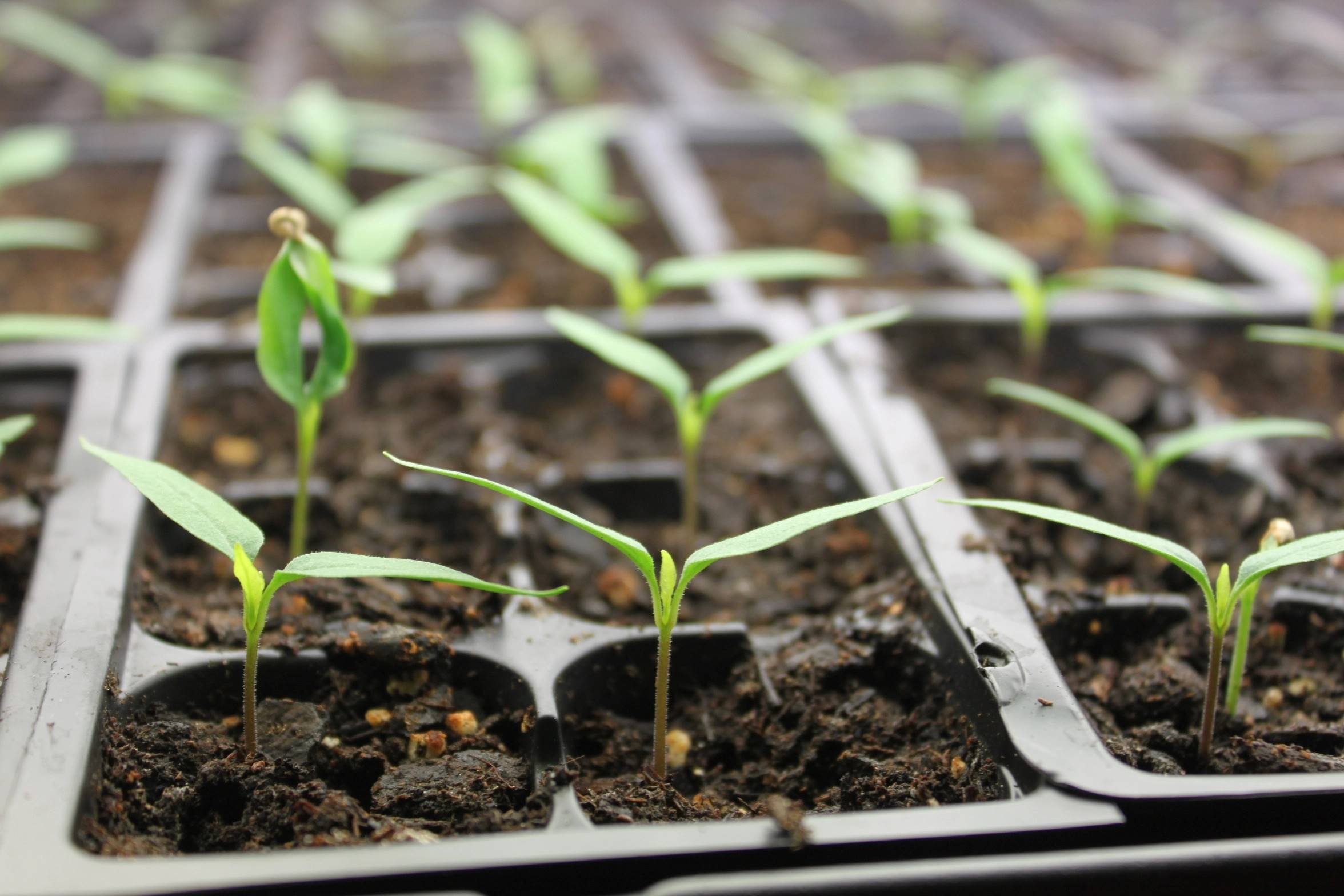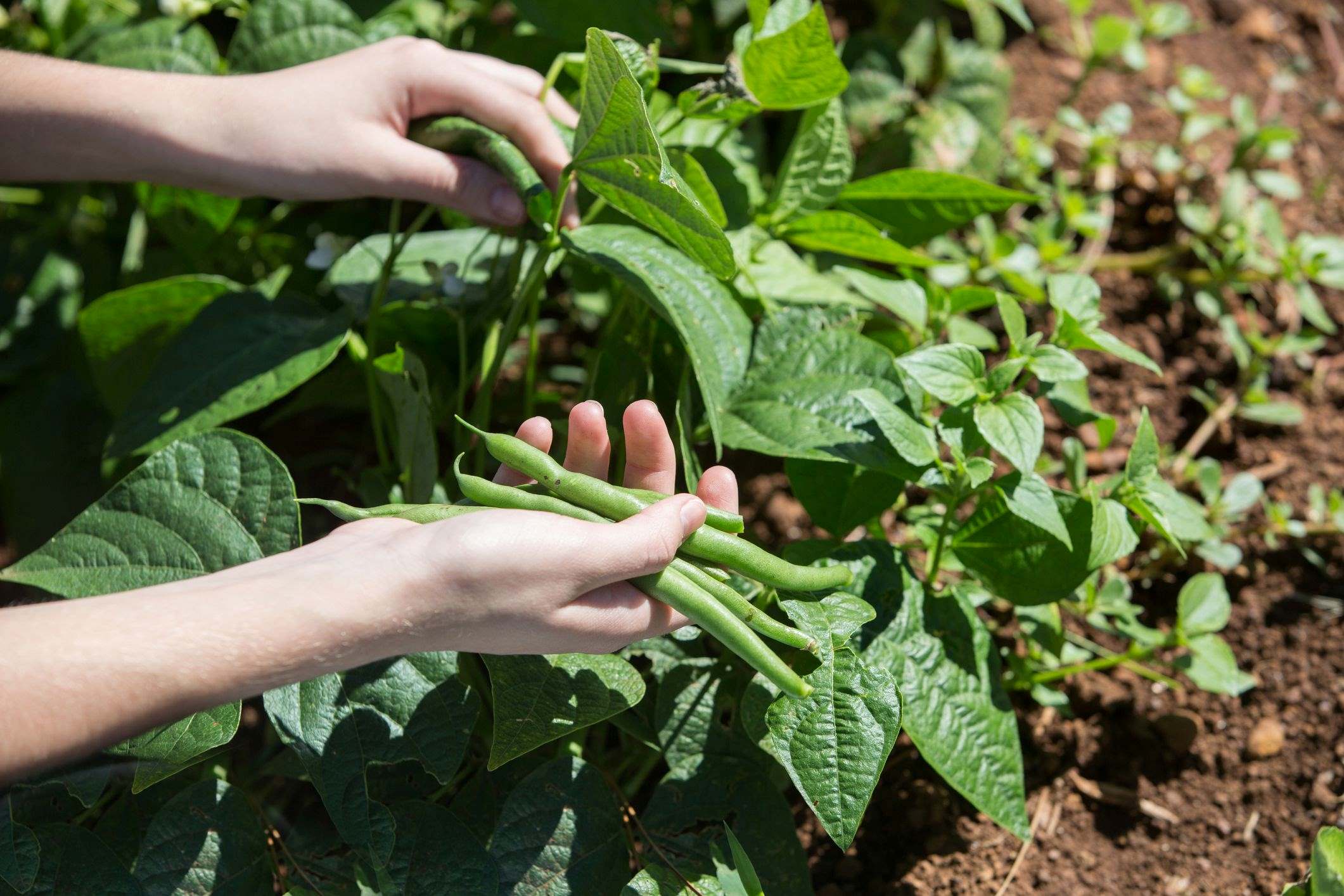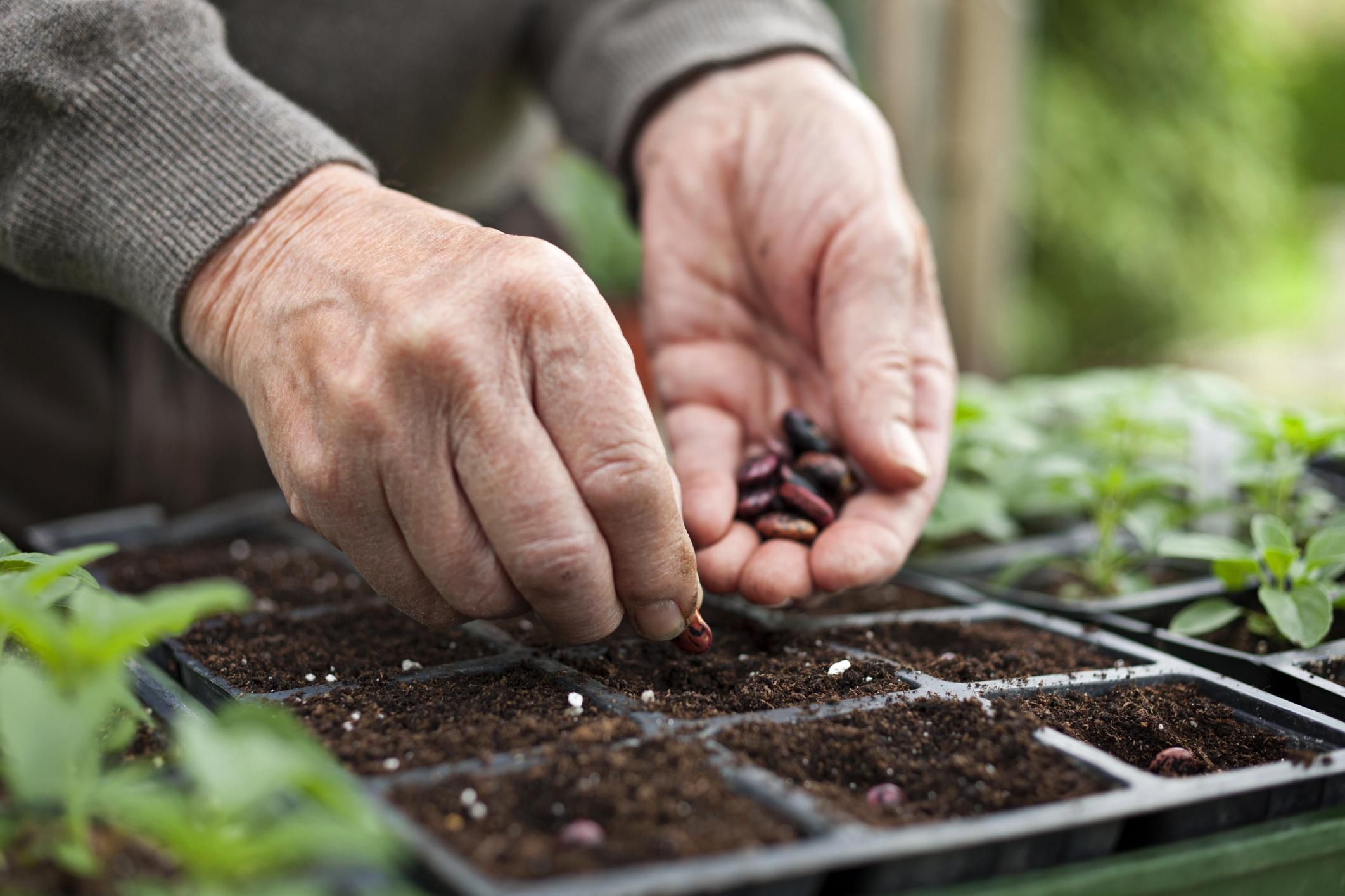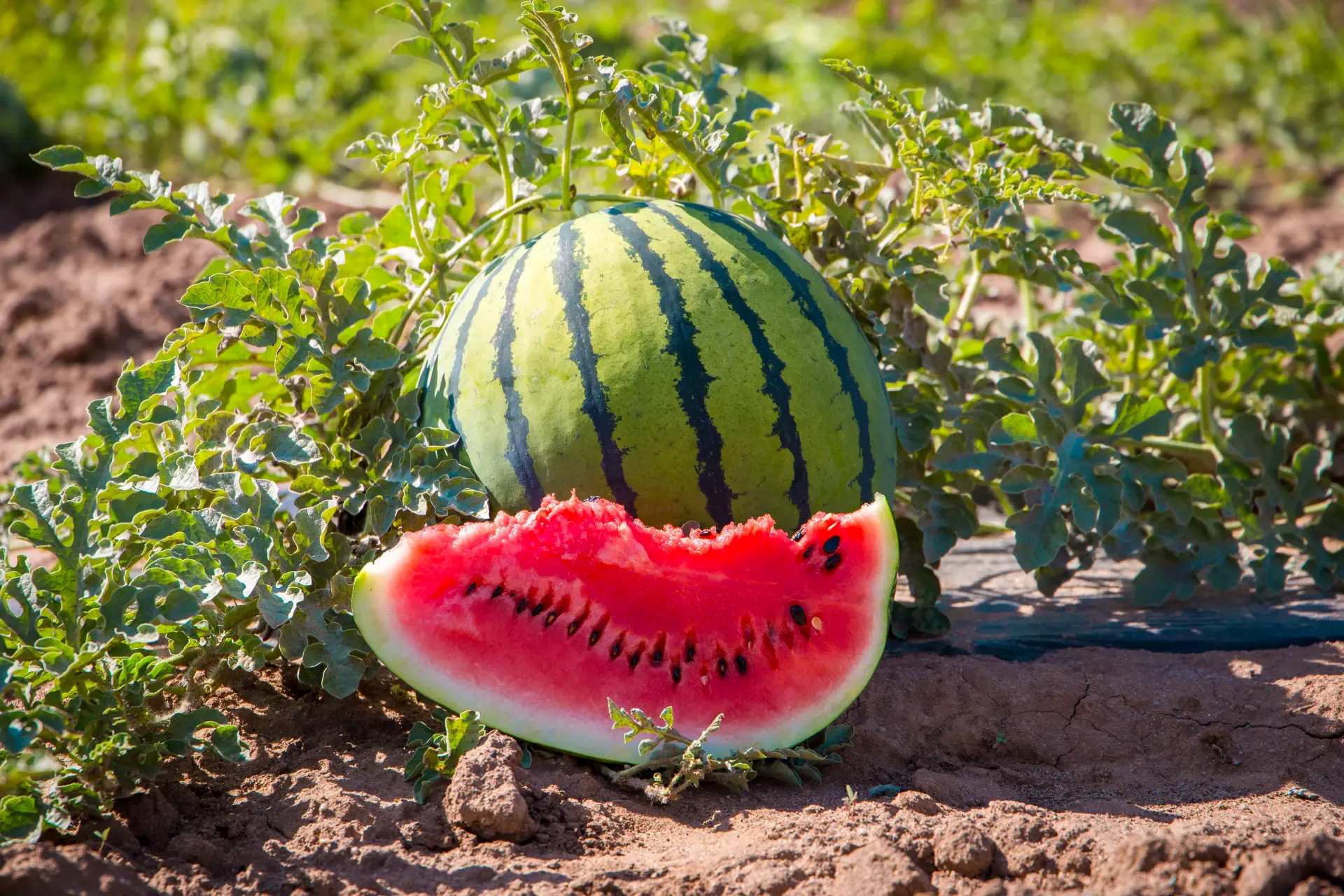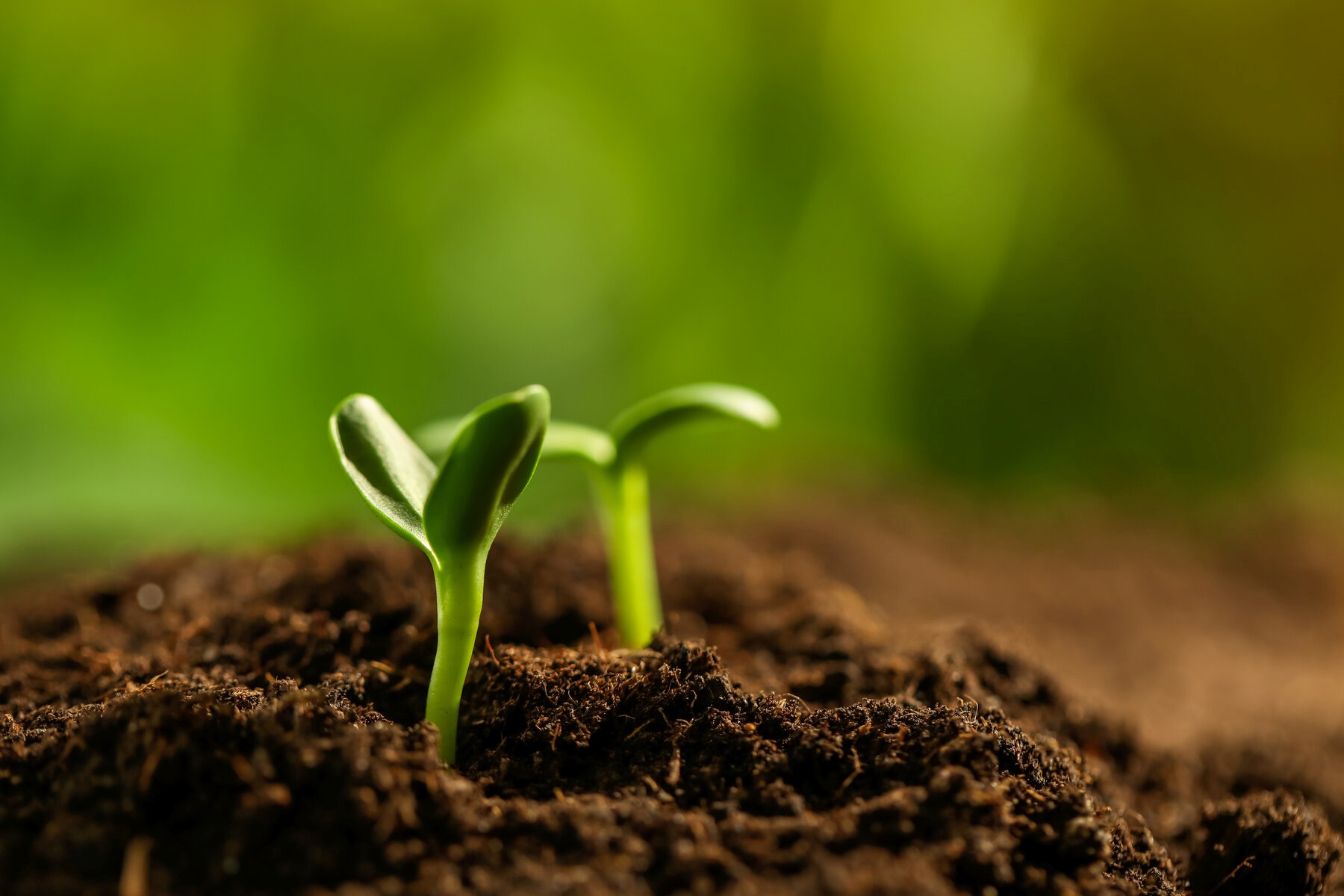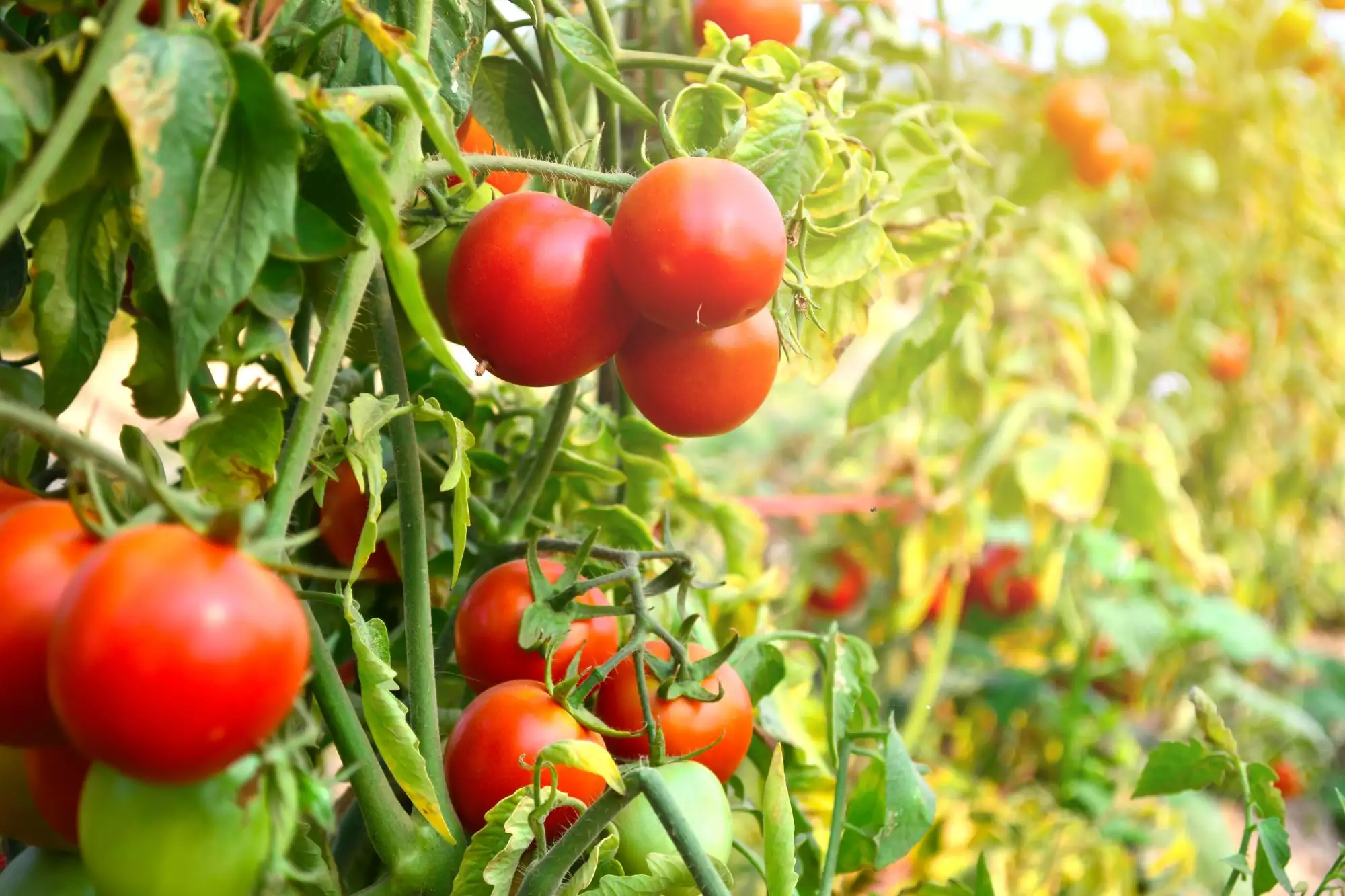Home>Gardening Techniques>Seasonal Gardening>When To Start Planting Garden Vegetables
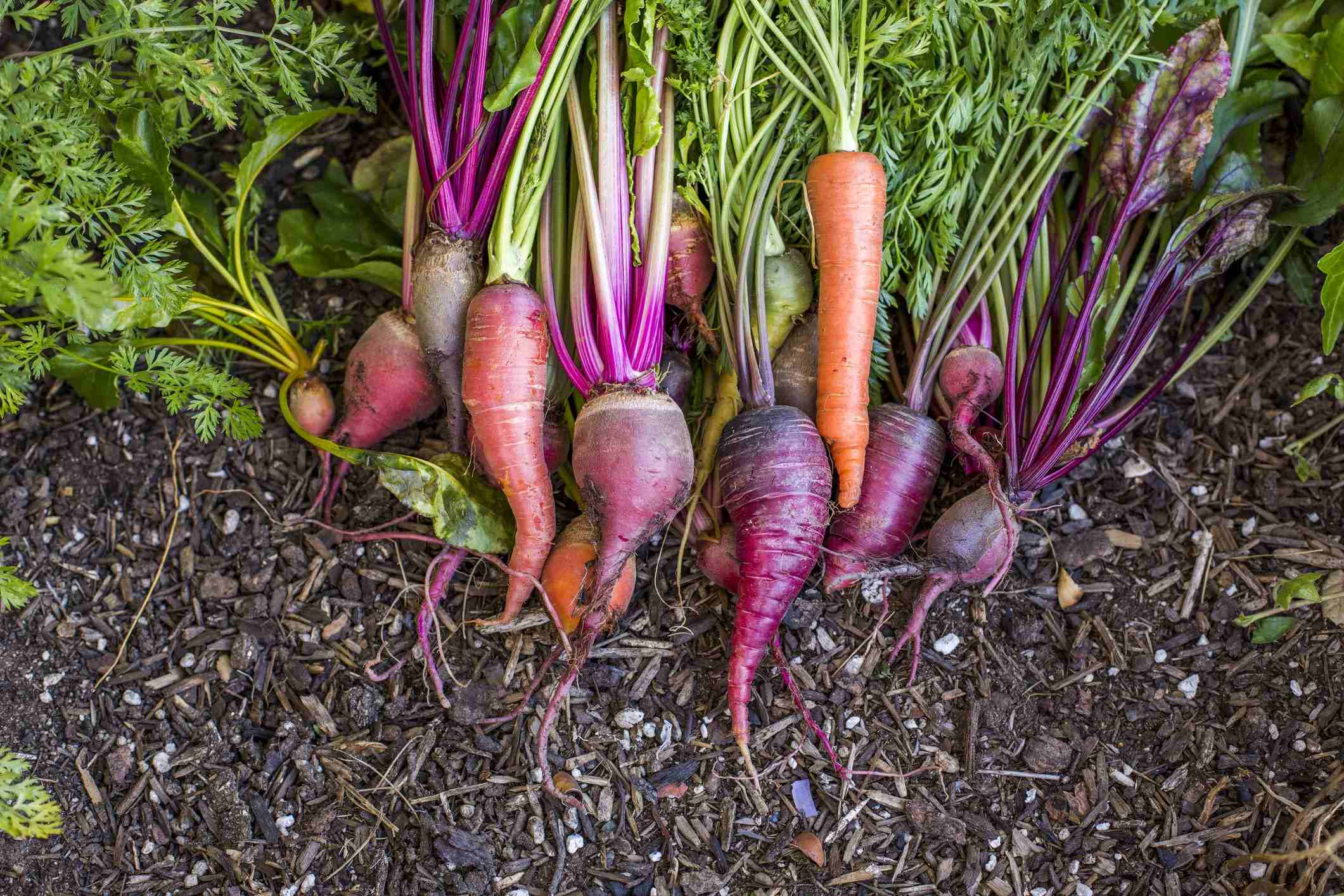

Seasonal Gardening
When To Start Planting Garden Vegetables
Modified: January 22, 2024
Discover the best time to start planting your favorite garden vegetables with our comprehensive guide to seasonal gardening. Grow your own fresh and healthy produce all year round.
(Many of the links in this article redirect to a specific reviewed product. Your purchase of these products through affiliate links helps to generate commission for Chicagolandgardening.com, at no extra cost. Learn more)
Table of Contents
Introduction
Welcome to the world of seasonal gardening, where each season brings a unique set of gardening possibilities. Whether you are an experienced gardener or just starting out, understanding the best time to plant garden vegetables is crucial to ensure a fruitful and bountiful harvest. By aligning your planting schedule with the changing seasons, you can optimize the growth and development of your vegetable garden.
Gardening is a delightful and rewarding hobby, offering numerous benefits such as fresh and healthy produce, stress relief, and the opportunity to connect with nature. However, to successfully cultivate a flourishing vegetable garden, you need to consider a few key factors before diving into planting.
Firstly, it is important to assess your specific gardening zone and the climate conditions of your region. Different plants thrive in different climates, so understanding the climatic requirements of the vegetables you wish to grow is essential. Additionally, the availability of sunlight, soil type, and the amount of space you have for your garden should also be taken into consideration.
Another crucial aspect to consider is the classification of vegetables into warm-season and cool-season varieties. Warm-season vegetables, such as tomatoes, peppers, and cucumbers, thrive in warmer temperatures and should be planted after the last frost date in your area. Conversely, cool-season vegetables, including lettuce, spinach, and carrots, prefer cooler temperatures and can be planted earlier in the year or in the fall.
By understanding the specific needs of the vegetables you plan to grow and the optimal planting times, you can maximize the chances of a successful harvest. This article will guide you through the best times to plant both warm-season and cool-season vegetables, as well as provide tips for early and late planting techniques to extend your gardening season. So roll up your sleeves, grab your gardening tools, and let’s delve into the wonderful world of seasonal gardening!
Factors to Consider before Planting
Before you start planting your garden vegetables, there are several important factors to consider. By taking these factors into account, you can ensure that your plants have the best chance of thriving and producing a bountiful harvest.
First and foremost, it’s crucial to assess your gardening zone and understand the climate conditions in your area. Different plants have different temperature preferences, so knowing your hardiness zone can help you choose the right vegetables for your region. The United States Department of Agriculture (USDA) has divided the country into specific zones based on temperature, which can serve as a helpful guide when selecting suitable plants for your garden.
Another factor to consider is the amount of sunlight your garden receives. Most vegetables require at least six to eight hours of direct sunlight daily for optimal growth. Take note of any shady areas in your garden and plan accordingly by planting shade-tolerant vegetables in those spots.
Soil quality is another critical consideration. Before planting, it’s essential to test your soil for pH levels, nutrient content, and drainage. Most vegetables prefer a slightly acidic soil with a pH level ranging from 6.0 to 7.0. If your soil’s pH is off, you can amend it by adding organic matter or nutrients to create a more suitable environment for your plants. Additionally, ensure that your soil has good drainage to prevent waterlogging, which can lead to root rot and other plant diseases.
Space availability is also an important factor. Consider the size and layout of your garden and plan your vegetable selection accordingly. Some vegetables, like sprawling vine plants, may require trellises or supports, while others can be grown in containers. Take advantage of vertical gardening techniques to maximize space utilization and grow more vegetables in smaller areas.
Lastly, consider your own time and commitment. Gardening requires regular care and maintenance, including watering, weeding, and pest control. Make sure you have the time and dedication to tend to your garden’s needs. If you are new to gardening, start with a smaller plot and gradually expand as your confidence and experience grow.
By carefully considering these factors, you can set the foundation for a successful gardening venture. Understanding your gardening zone, sunlight availability, soil quality, space constraints, and time commitment will help you make informed decisions when selecting and planting your garden vegetables.
Warm Season Vegetables
Warm season vegetables are a delightful addition to any garden, thriving in the heat of summer when the sun’s rays are at their strongest. These vegetables typically require temperatures between 70°F and 95°F (21°C to 35°C) to grow and produce their best yields. Here are some popular warm season vegetables to consider planting in your garden.
- Tomatoes: Tomatoes are undoubtedly a garden favorite, coming in a variety of sizes, colors, and flavors. They require well-drained soil and full sun. They can be started from seed indoors or purchased as seedlings to transplant in the garden after the last frost.
- Peppers: Peppers come in a range of varieties, including sweet bell peppers and spicy jalapenos. Like tomatoes, they prefer full sun and well-drained soil. Start seeds indoors 6-8 weeks before the last frost or purchase young seedlings for transplanting.
- Cucumbers: Cucumbers are easy to grow and thrive in warm weather. They prefer rich, well-draining soil and full sun. You can sow cucumber seeds directly in the ground after the last frost or start them indoors 2-3 weeks prior to transplanting.
- Squash: Both summer and winter squash varieties are warm season vegetables. Zucchini and yellow squash are popular summer squash varieties, while butternut and acorn squash are common winter squash varieties. They require full sun, well-drained soil, and ample space to spread their vines.
- Eggplant: Eggplants crave warmth and long growing seasons. They require full sun and fertile, well-drained soil. Start seeds indoors 6-8 weeks before the last frost or purchase young seedlings for transplanting into the garden.
- Beans: Warm season beans, such as green beans and pole beans, are excellent additions to any garden. They prefer full sun and well-drained soil. Sow bean seeds directly in the ground after the last frost for easy and rewarding cultivation.
These warm season vegetables collectively make a colorful and flavorsome addition to your garden. Remember to provide proper spacing between plants, provide adequate support when needed, and regularly water and feed your plants to encourage healthy growth and abundant harvests.
Cool Season Vegetables
Cool season vegetables are a delight to grow, capable of withstanding colder temperatures and thriving during the milder months of spring and fall. These vegetables prefer temperatures ranging from 40°F to 70°F (4°C to 21°C) and can tolerate light frosts. Here are some popular cool season vegetables to consider planting in your garden.
- Lettuce: Lettuce is a staple in many gardens, with a variety of leaf shapes and colors to choose from. It prefers cooler temperatures and can be planted as soon as the soil is workable in early spring or in late summer for a fall harvest.
- Spinach: Spinach is high in nutrients and an excellent addition to any cool season garden. It thrives in cooler temperatures and can be sown directly in the ground or started indoors and transplanted. Plant in early spring or late summer for best results.
- Carrots: Carrots are a versatile vegetable that can be eaten raw, cooked, or used in a variety of recipes. They prefer well-drained soil and can be sown directly in the ground as soon as the soil can be worked in early spring. For a continuous harvest, sow seeds every few weeks.
- Broccoli: Broccoli is a nutritious and delicious cool season vegetable. It thrives in cooler temperatures and requires full sun and well-drained soil. Start broccoli seeds indoors 6-8 weeks before the last frost or purchase young seedlings for transplanting.
- Cauliflower: Cauliflower is a close relative of broccoli, sharing many cultivation requirements. It prefers cooler temperatures and requires regular watering. Start seeds indoors or purchase young seedlings for transplanting into the garden after the last frost.
- Peas: Peas are a cool season crop that offers sweet, tender pods for fresh consumption. They prefer cooler temperatures and should be sown directly in the ground as soon as the soil can be worked in early spring. Provide support for the vines to climb as they grow.
These cool season vegetables offer an opportunity to extend your gardening season and enjoy fresh produce even as the weather begins to cool. Remember to provide proper spacing between plants, protect against pests and diseases, and water regularly to ensure a successful and satisfying harvest.
Best Time to Plant Garden Vegetables
Timing is crucial when it comes to planting your garden vegetables. The optimal planting time depends on the type of vegetable, the local climate, and your specific gardening zone. By understanding the best time to plant, you can maximize the chances of successful growth and a bountiful harvest.
For warm season vegetables, it’s important to wait until the danger of frost has passed before planting them in your garden. This means planting them after the last expected frost date in your area. Refer to your local agricultural extension office or gardening resources to determine the average last frost date for your region. Waiting until the soil has warmed up and the weather has stabilized will give your warm season vegetables the best chance to thrive.
Cool season vegetables, on the other hand, can be planted earlier in the year or in the fall when temperatures are cooler. Many cool season vegetables, such as lettuce and spinach, can tolerate light frosts and even thrive in colder conditions. It’s important to sow these seeds early enough to give them ample time to grow and mature before extreme heat or cold sets in.
In addition to considering local climate and frost dates, it’s also important to factor in the specific requirements of each vegetable. Some vegetables, like tomatoes and peppers, require a longer growing season and should be planted earlier in the year. Others, such as peas and radishes, have a shorter maturation period and can be planted later in the season for a fall harvest.
To determine the best time to plant each vegetable in your specific area, consult gardening resources, local experts, or use online tools that provide customized planting schedules based on your location and gardening zone. These resources will take into account average frost dates, temperature ranges, and the specific needs of each vegetable to provide you with the most accurate planting information.
By planting your garden vegetables at the optimal time, you can ensure healthier plants, better yields, and a more enjoyable gardening experience. Take the time to plan your planting schedule and create a well-timed rotation to maximize your garden’s potential throughout the growing season.
Early Planting Techniques
Getting a head start on your gardening season can be incredibly rewarding, and there are several techniques you can employ to start planting your garden vegetables earlier. Early planting allows you to extend your growing season and enjoy fresh produce sooner. Here are some techniques to consider for early planting.
- Indoor Seed Starting: Starting your seeds indoors allows you to get a jump on the growing season. Begin by planting your seeds in trays or pots filled with a quality seed starting mix. Place them in a warm location with adequate sunlight or under grow lights. Transplant the seedlings into your garden once the soil has warmed up and the risk of frost has passed.
- Use Protective Coverings: Protective coverings, such as cloches, row covers, or cold frames, can help create a microclimate that protects your plants from frost and cold temperatures. These coverings trap heat and create a warmer environment, allowing you to plant your vegetables earlier in the season. Just make sure to ventilate them during warmer days to prevent excessive heat buildup.
- Choose Hardy Varieties: Opt for vegetable varieties that are known for their ability to withstand cooler temperatures. Look for terms like “early-maturing,” “cold-tolerant,” or “frost-hardy” when selecting your vegetable seeds or seedlings. These varieties are better equipped to handle colder conditions and can be planted earlier in the season.
- Warm the Soil: Use techniques like black plastic mulch or raised beds to warm up the soil faster. Black plastic mulch absorbs sunlight and retains heat, helping warm the soil earlier in the season. Raised beds, being elevated from the ground, tend to warm up more quickly than regular garden beds, enabling you to plant earlier.
- Provide Adequate Protection: Monitor weather forecasts and be prepared to provide extra protection to your early-planted vegetables if unexpected frost or cold spells are predicted. Consider covering your plants with blankets, old bedsheets, or frost blankets as a last-minute measure to safeguard them from freezing temperatures.
Remember to closely monitor the weather and be prepared to take additional precautions if temperatures drop unexpectedly. Early planting requires careful attention and protection, but the rewards of enjoying fresh produce earlier in the season make it well worth the effort.
Late Planting Strategies
It’s never too late to start planting your garden vegetables, even if you missed the optimal planting window. Late planting can still yield a successful and abundant harvest if you employ the right strategies. Here are some strategies to consider for late planting in your garden.
- Choose Quick-Maturing Varieties: When planting late in the season, opt for vegetable varieties that have shorter maturation times. Look for terms like “early-maturing” or “fast-growing” when selecting your seeds or seedlings. These varieties will have a better chance of reaching maturity before the arrival of cold temperatures.
- Plant in Containers: If the ground has become too cold or if you have limited space, consider using containers for your late-planted vegetables. Containers provide the flexibility to move your plants to warmer spots when needed and can be brought indoors during particularly harsh weather.
- Provide Extra Protection: Late-planted vegetables may require additional protection to ensure their survival. Use row covers, cloches, or cold frames to create a microclimate and shield your plants from chilly temperatures. Consider using mulch around the base of your plants to insulate the soil and maintain warmer temperatures.
- Implement Succession Planting: Succession planting is a technique where you stagger the planting of your vegetables at regular intervals. This ensures a constant supply of fresh produce throughout the growing season and can be particularly useful for late planting. By planting new seeds or seedlings every few weeks, you can make the most of the remaining growing season.
- Focus on Cool Season Vegetables: Late-season gardening is better suited for cool season vegetables that tend to tolerate cooler temperatures. Lettuce, spinach, kale, radishes, and carrots are excellent choices for late planting. These vegetables thrive in cooler weather and can withstand light frosts, allowing you to enjoy fresh produce well into fall or even early winter.
Late planting may require extra attention and care, but with the right strategies, you can still achieve a successful harvest. Monitor the weather closely and be prepared to provide additional protection or adjust your planting schedule accordingly. Remember to water your plants regularly and provide adequate nutrition to support their growth during the shorter growing season.
Conclusion
Seasonal gardening is a wonderful way to connect with nature, nurture plants, and enjoy the rewards of a bountiful harvest. By understanding the best time to plant your garden vegetables, you can ensure optimal growth and maximize your chances of success. Consider factors such as your gardening zone, climate conditions, sunlight availability, soil quality, and space constraints before diving into planting.
Warm season vegetables, like tomatoes, peppers, and cucumbers, thrive in the heat of summer and should be planted after the danger of frost has passed. On the other hand, cool season vegetables, such as lettuce, spinach, and carrots, tolerate cooler temperatures and can be planted earlier or later in the year.
To extend your growing season, you can employ early planting techniques like indoor seed starting, using protective coverings, choosing hardy varieties, warming the soil, and providing extra protection. Late planting strategies, such as selecting quick-maturing varieties, planting in containers, offering additional protection, implementing succession planting, and focusing on cool season vegetables, can still yield a successful harvest even if you miss the optimal planting window.
Remember, gardening is a journey of continuous learning and experimentation. While timing is important, don’t be discouraged if things don’t go exactly as planned. Embrace the joy of gardening, learn from both successes and setbacks, and adapt your methods as needed. With patience, care, and a bit of trial and error, you can create a bountiful and thriving vegetable garden throughout the seasons.
So, roll up your sleeves, grab your gardening tools, and embark on your seasonal gardening adventure. Enjoy the process, savor the rewards of your hard work, and relish in the beauty and deliciousness of your homegrown garden vegetables. Happy gardening!
